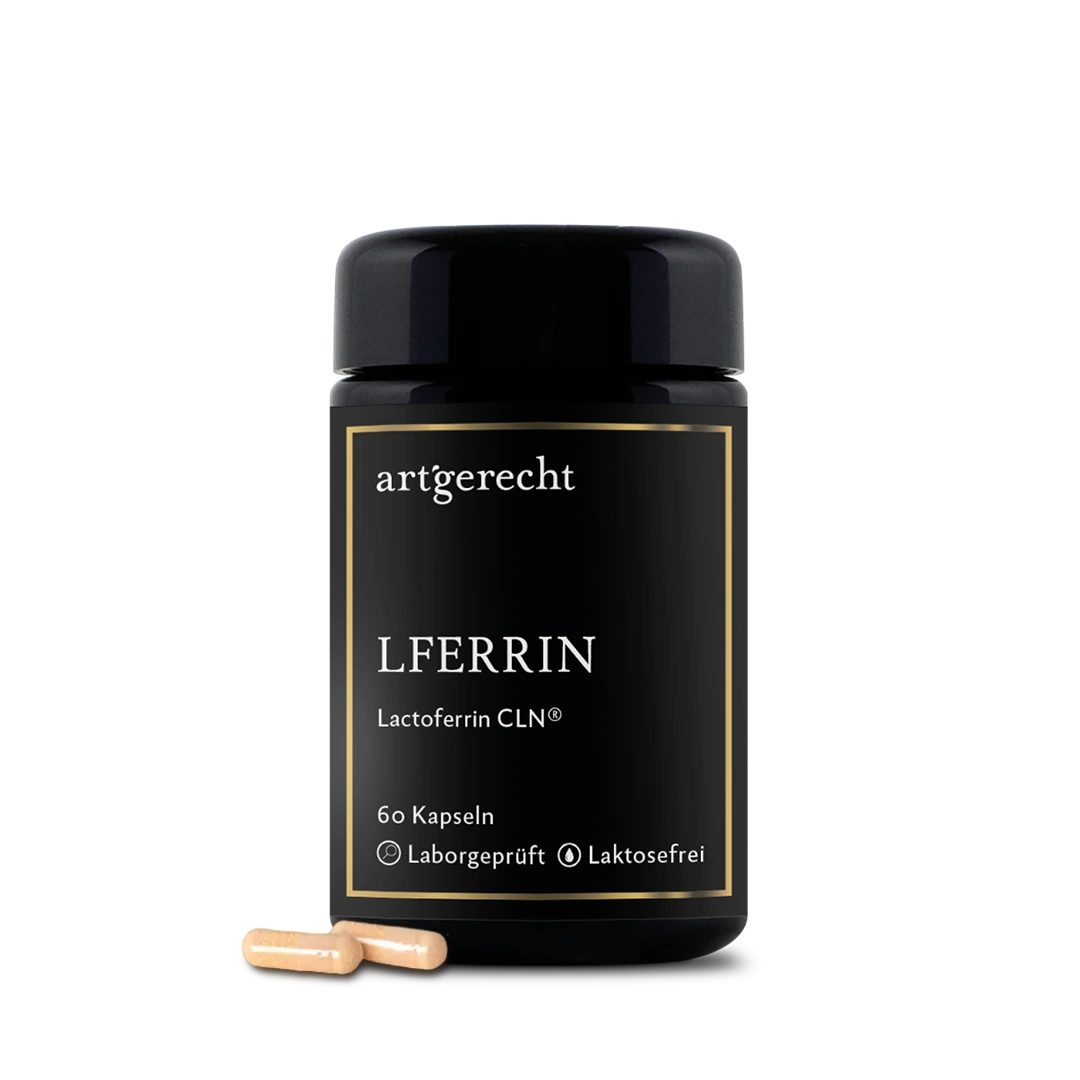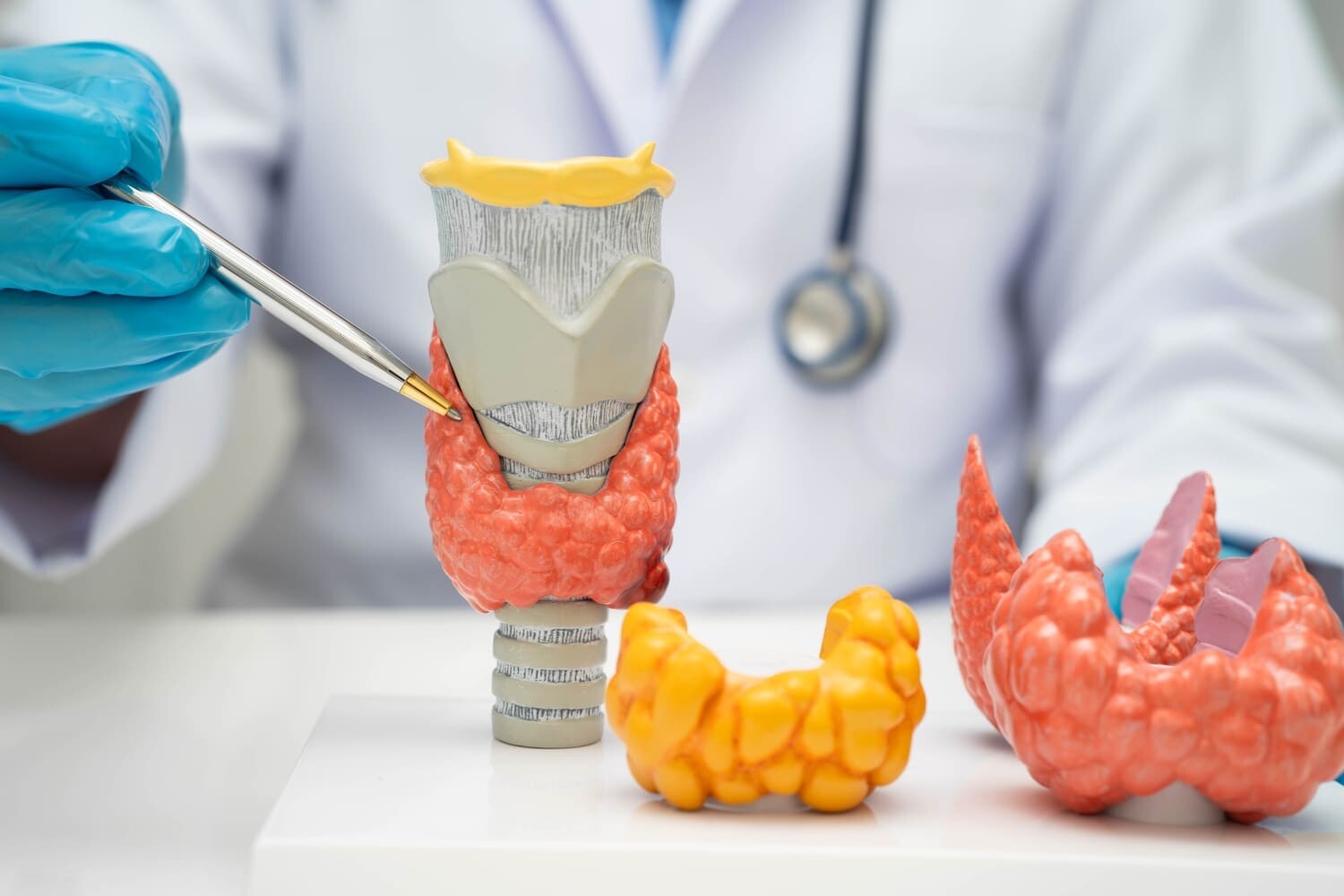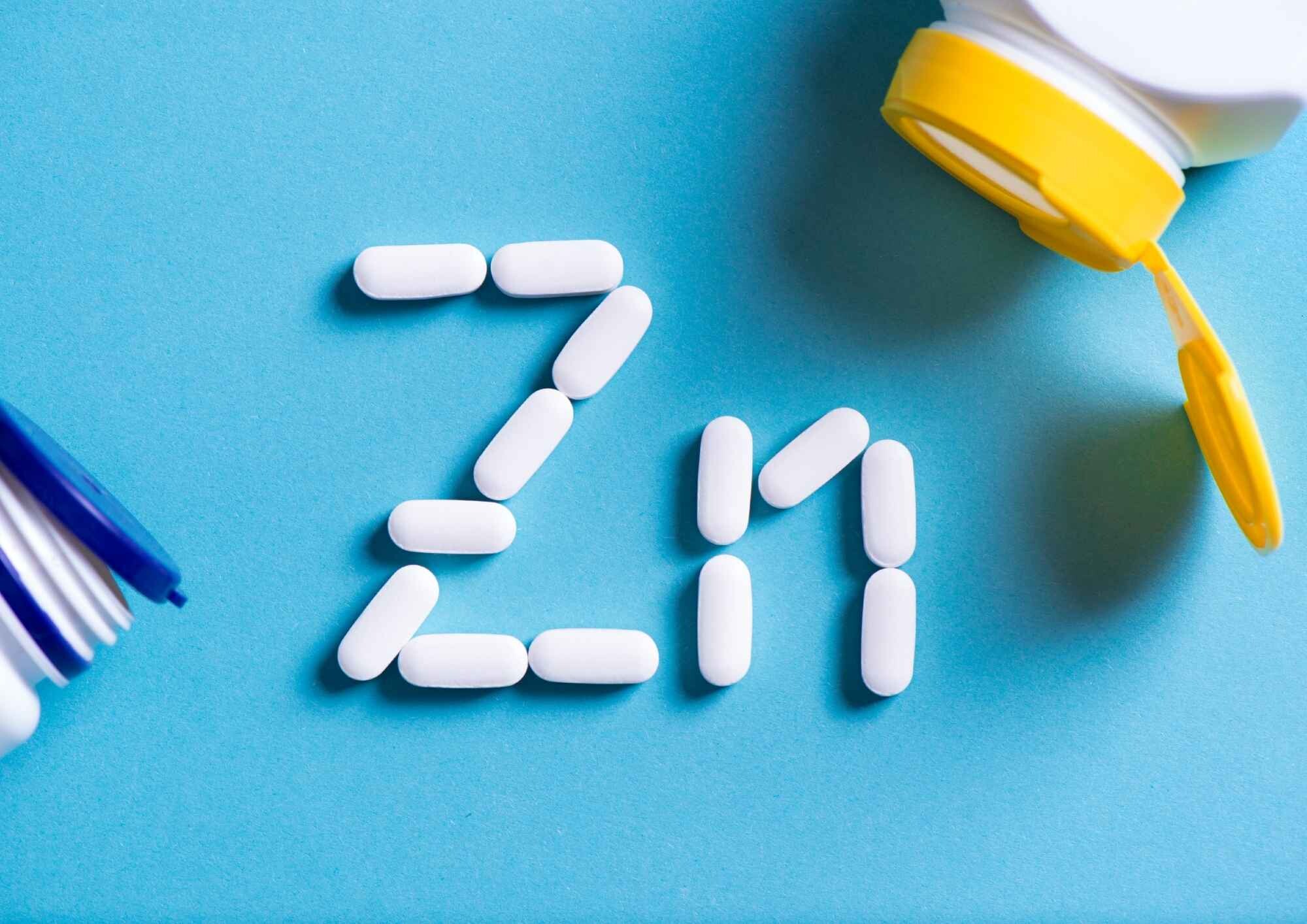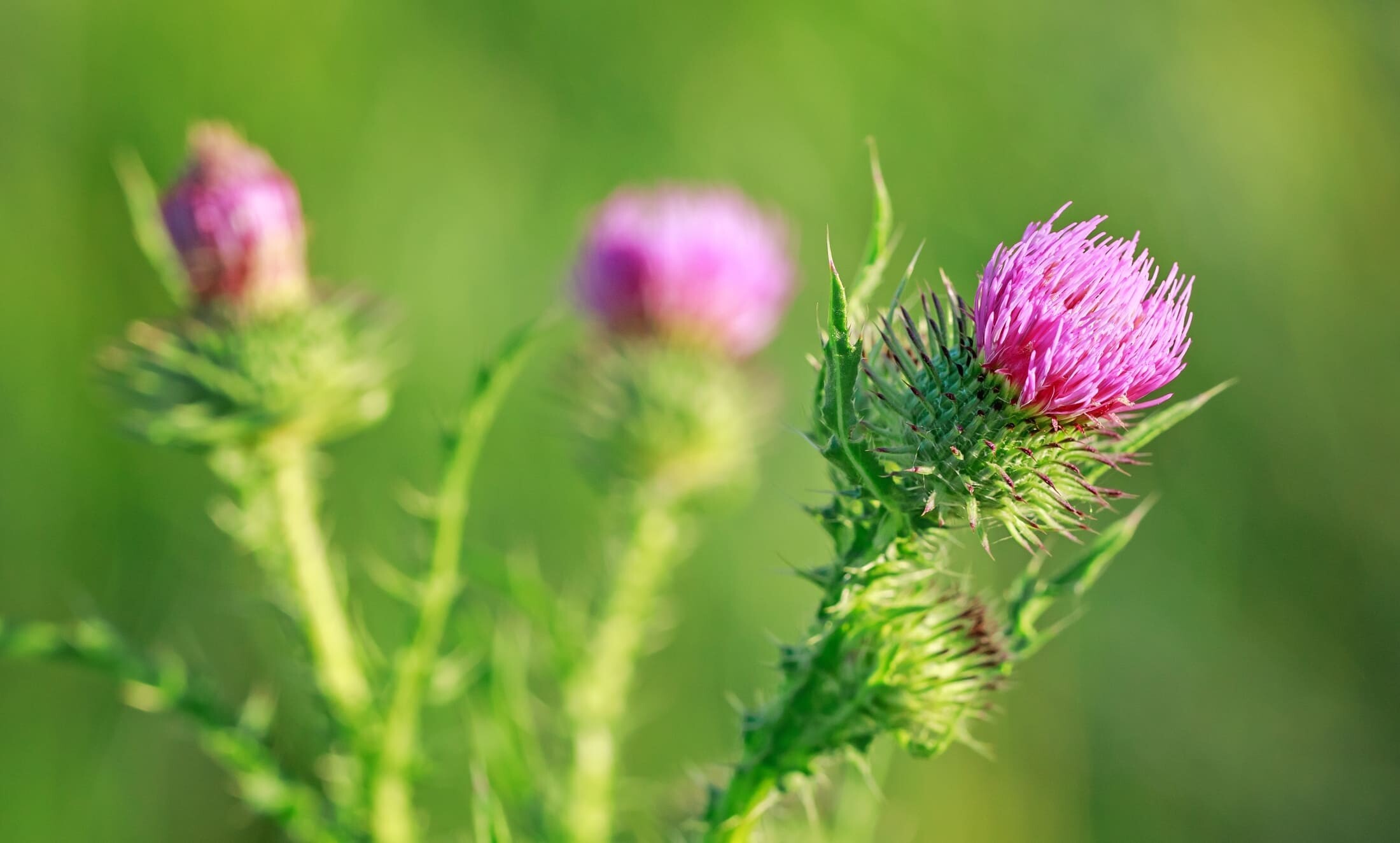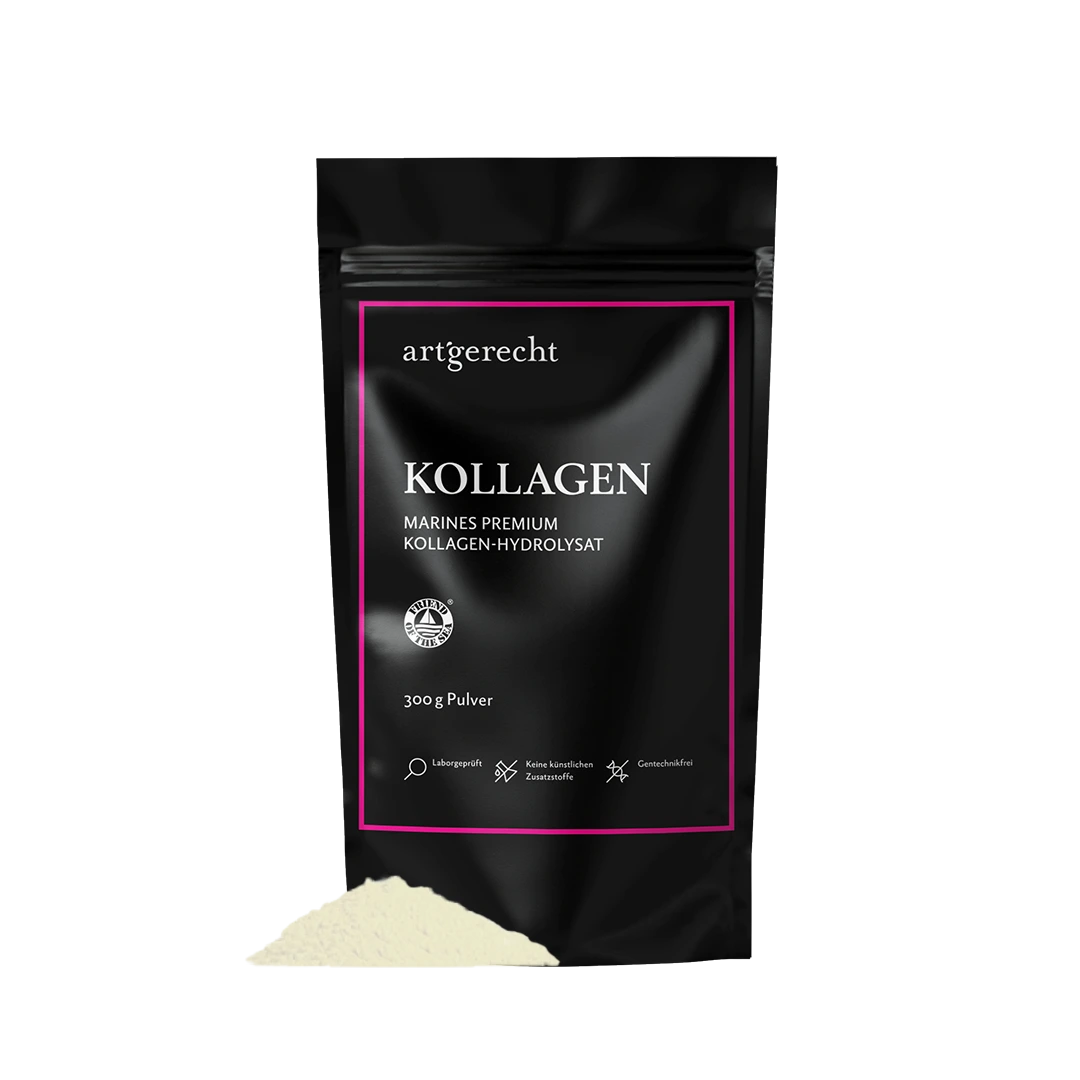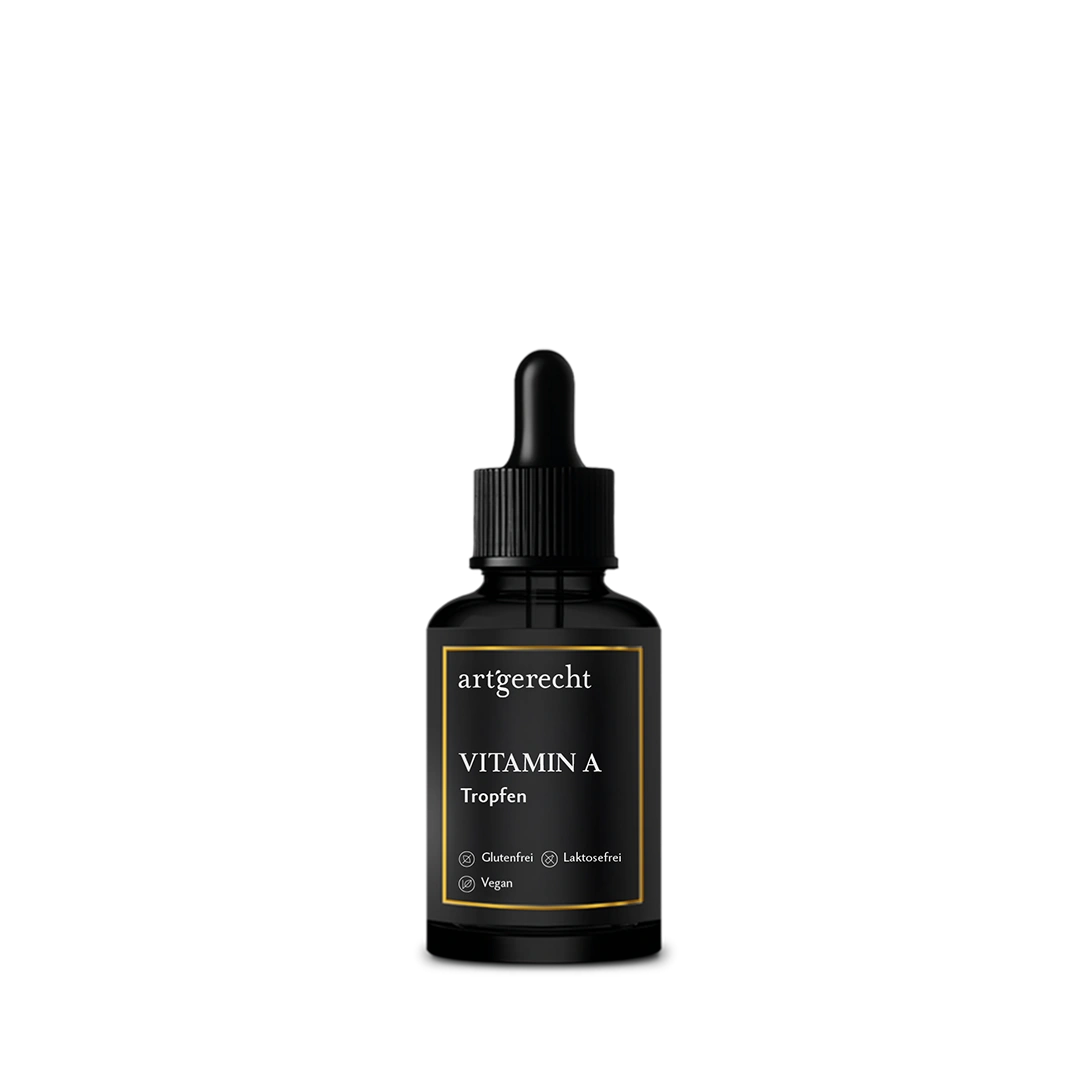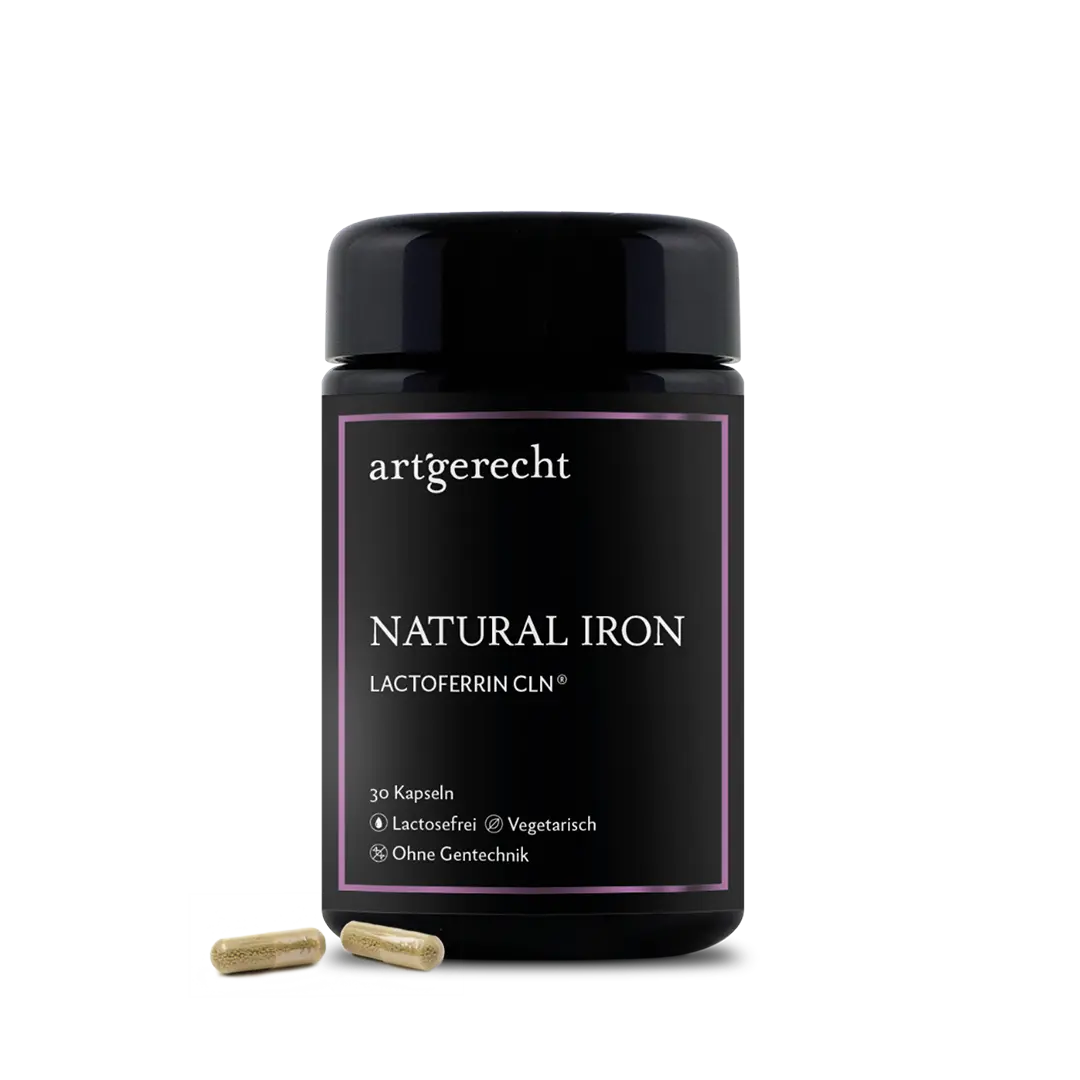- Most important goal: Regulation of the immune system
- Explained in detail: how our modern life weakens our immune system
- Low-grade inflammation as a result of “false” signals
- The most important causes for the development of low-grade permanent inflammation
- The right diet for a strong immune system
- Literature:
Recurring sinus infections and always feeling tired: for some, coughs, colds and sore throats are constant companions. Does being constantly ill mean that you have a weak immune system? Or are there people who are particularly susceptible to colds and flu? The factors are many and varied. However, the main cause is a chronic activation of the immune system – the low-grade inflammation. What it is
Most important goal: Regulation of the immune system
The immune system is like an accident insurance policy. It's an advantage in an emergency, but it would be better never to have to use it. Our immune system saves us from certain death countless times, but it also comes at a price. The immune system uses all its senses to recognize danger. If it believes it has recognized one, it reacts with more or less severe inflammation, depending on how it interprets the signal. Inflammation is a vital form of protection and at the same time the start of the healing process. The classic signs of inflammation are pain, warmth, redness, swelling and restriction of movement, such as in the case of an ankle fracture.[1] Without the ability to inflame in a targeted and adapted manner, we would die from a small cut. That is why we must first understand what exactly inflammation is, what causes it and when it is intentional or harmful. Toxins, infections (bacteria, viruses or fungi), tissue damage or tissue stress (torn cruciate ligaments, cuts) or even burns and frostbite cause an internal or external injury. The body reacts with a strong inflammation in order to fight the infection, heal the wound or adapt the body to a new situation or restore the old balance. The duration of inflammation under optimal conditions is around four to six days.[1]
Explained in detail: how our modern life weakens our immune system
The inflammatory response of the immune system is activated starting from the danger antennas (Toll-Like receptors) on the cell wall (cell membrane) to the DNA in the cell nucleus. [2] These receptors react not only to the evolutionarily familiar stimuli mentioned above, but also to new signals such as substances in nightshade spices (potatoes), trans fats or fats circulating in the blood, especially from abdominal fat. Long-term psychoemotional stress can also be a trigger. [3] One of the most important triggers, however, is food intake.
Low-grade inflammation as a result of “false” signals
The extent to which the immune system is activated depends on the intestinal flora, the type of food and, of course, the frequency of food intake. However, these »false« signals do not reach the necessary stimulus strength that is absolutely necessary for the inflammatory reaction to be started in a targeted manner and then stopped again. [5] [6] The result is the most common disorder in the body of a modern person: low-grade inflammation. This inflammatory activity is often maintained for months and years by further misbehavior. Like the embers of a campfire, which are never completely extinguished, inflammation also smoulders away. In a way, it produces a lot of nice smoke, but never really any good heat and consumes huge amounts of energy.
This energy has to be »stolen« from other organs. The connective tissue (tendons, ligaments, skin) and all organs that are not necessary for direct survival are the first to be affected by the lack of energy.[7] [8] The intestines (digestive disorders), the reproductive organs, the muscles (reluctance to move, risk of injury), the brain (social withdrawal) [9] and the general psychological resistance (depression) [10] [11] [12] affected. This evolutionary behavior is linked to a single goal: saving energy and avoiding further damage.[13]
The most important causes for the development of low-grade permanent inflammation
- Liquid intestinal, skin or lung barriers
- Increased meal frequency
- Poor intestinal bacterial flora
- Environmental pollution, noise, smog
- Unhealthy mental health problems
- Lack of exercise
- Intake of bad fats (omega 6, trans fats)
- High-calorie foods
- li>Sugar
- Belly fat
Years of low-grade inflammation is the basis for flu-like infections or modern diseases. [13] For a happy, energetic and healthy life, calming our immune system is an absolutely essential measure.
The right diet for a strong immune system
The correct and balanced diet is the most important factor in improving a chronic inflammatory condition. If you are constantly suffering from colds, broccoli, for example, is a natural way to strengthen the immune system. This is because broccoli or cauliflower contain a large amount of antioxidants (such as guthation or choline). In addition to vitamin C, these help to reduce oxidative stress and make the body more resistant to cold viruses and other bacteria. Combinations of turmeric [16], garlic [17], red wine, berries [18][19] Cabbage vegetables [20] with all their ingredients can inhibit inflammation-causing factors.
For people who are constantly cold in winter, this may also be due to the fact that flu viruses are more easily introduced during the dark season due to vitamin D deficiency. Vitamin D stimulates an area in the brain that emits messenger substances that influence, for example, body temperature or the release of hormones. These hormones include the stress hormone cortisol and melatonin, which controls the internal clock and affects the biorhythm (when do you feel tired). A lack of vitamin D increases the stress level (via cortisol), which makes you feel drowsy and listless (due to increased melatonin levels) and puts a strain on the immune system. The result: you get sick more quickly.
Get rid of the cold quickly: helpful, species-appropriate foods
- Eggs
- Udders
- Seafood and shellfish
- Shellfish/li>
- Nuts
- Mushrooms
- Tomatoes
- Grapes
- Tropical fruits, especially mango, papaya, kiwi
- Pineapple
- Wild meat
- Onions
Food as medicine: These foods have a healing effect
- Avocado
- Basil
- Berries
- Bl&flowers
- broccoli
- turmeric
- fermented vegetables
- Green tea
- Green leaf vegetables
- Honey
- Ginger
- Garlic
- Coriander
- Cumin
- Sea fish
- Olives
- Parsley
- Pine nuts
- Red wine
- Black pepper
- Black tea
- Asparagus
- Thyme
Literature:
- Broughton G., Janis J. E., Attinger C. E.: The Basic Science of Wound Healing. Plast Reconstr Surg. 2006;117.
- Sternberg E. M.: Neural Regulation of Innate Immunity: A Coordinated Nonspecific Host Response to Pathogens. Nat Rev Immunol. 2006;6.
- Wells J. C.: The Evolution of Human Adiposity and Obesity: Where Did It All Go Wrong? Dis Model Mech. 2012; 5.
- Medzhitov R.: Origin and Physiological Roles of Inflammation. Nature. 2008; 454.
- Egger G., Dixon J.: Inflammatory Effects of Nutritional Stimuli: Further Support for the Need for a Big Picture Approach to Tackling Obesity and Chronic Disease. Obes Rev. 2010; 11.
- Egger G., Dixon J.: Non-nutrient Causes of Low-grade, Systemic Inflammation: Support for a ‚canary in the Mineshaft‘ View of Obesity in Chronic Disease. Obes Rev. 2011; 12.
- Straub R. H.: Concepts of Evolutionary Medicine and Energy Regulation Contribute to the Etiology of Systemic Chronic Inflammatory Diseases. Brain Behav Immun. 2011;
- Straub R. H., Cutolo M., Buttgereit F., Pongratz G.: Energy Regulation and Neuroen-docrine-immune Control in Chronic Inflammatory Diseases. J Intern Med. 2010; 267.
- Haroon E., Raison C. L., Miller A. H.: Psychoneuroimmunology Meets Neuropsychopharmacology: Translational Implications of the Impact of Inflammation on Behavior.Neuropsychopharmacolog. 2012; 37.
- Peters A., Schweiger U., Pellerin L., et al: The Selfish Brain: Competition for Energy Resources. Neurosci Biobehav Rev. 2004; 28.
- Peters A., Langemann D.: Build-ups in the Supply Chain of the Brain: On the Neuroenergetic Cause of Obesity and Type 2 Diabetes Mellitus. Front Neuroenergetics.2009; 1.
- Fehm H. L., Kern W., Peters A.: The Selfish Brain: Competition for Energy Resources. Prog Brain Res. 2006; 153.
- Ottaviani E., Malagoli D., Capri M., Franceschi C.: Ecoimmunology: Is There Any Room for the Neuroendocrine System? Bioessays. 2008; 30.
- Pruimboom L.: Physical Inactivity Is a Disease Synonymous for a Non-permissive Brain Disorder. Med Hypotheses. 2011; 77.
- Lochmiller R. L., Deerenberg C.: Trade-offs in Evolutionary Immunology: Just What Is the Cost of Immunity? Oikos. 2000; 88.
- Bengmark S.: Curcumin, An Atoxic Antioxidant and Natural NF B, Cyclooxygenase-2, Lipooxygenase, and Inducible Nitric Oxide Synthase Inhibitor: A Shield Against Acute and Chronic Diseases. Journal of Parenteral and Enteral Nutrition. 2006; 30.
- Parcell S.: Sulfur in Human Nutrition and Applications in Medicine. Alternative Medicine Review. 2002;7.
- Moon Y. J., Wang X., Morris M. E.: Dietary Flavonoids: Effects on Xenobiotic and Carcinogen Metabolism. Toxicol in Vitro. 2006; 20.
- Shukitt-Hale B., Lau F. C., Joseph J. A.: Berry Fruit Supplementation and the Aging Brain. J Agric Food Chem. 2008; 56.
- Riso P., Martini D., Visioli F., et al: Effect of Broccoli Intake on Markers Related to Oxidative Stress and Cancer Risk in Healthy Smokers and Nonsmokers. Nutr Cancer. 2009;61.


